Island Coffee how to brew Cuban Crystal Mountain Coffee? Cuban coffee bean grading system
Professional coffee knowledge exchange more coffee bean information please follow the coffee workshop (Wechat official account cafe_style)
Island coffee rose in the 18th and 19th centuries, when the coffee growing area was located in the middle of the ocean and was not linked to land. When it comes to island coffee, you can immediately think of either Blue Mountain coffee or Kona coffee. In fact, Taiwan Province, Bourbon Island, St. Helena, Porto í a, Dominica, Haiti and Cuba can all be classified as island coffee. The front street of this article will take you to learn about Cuban coffee.
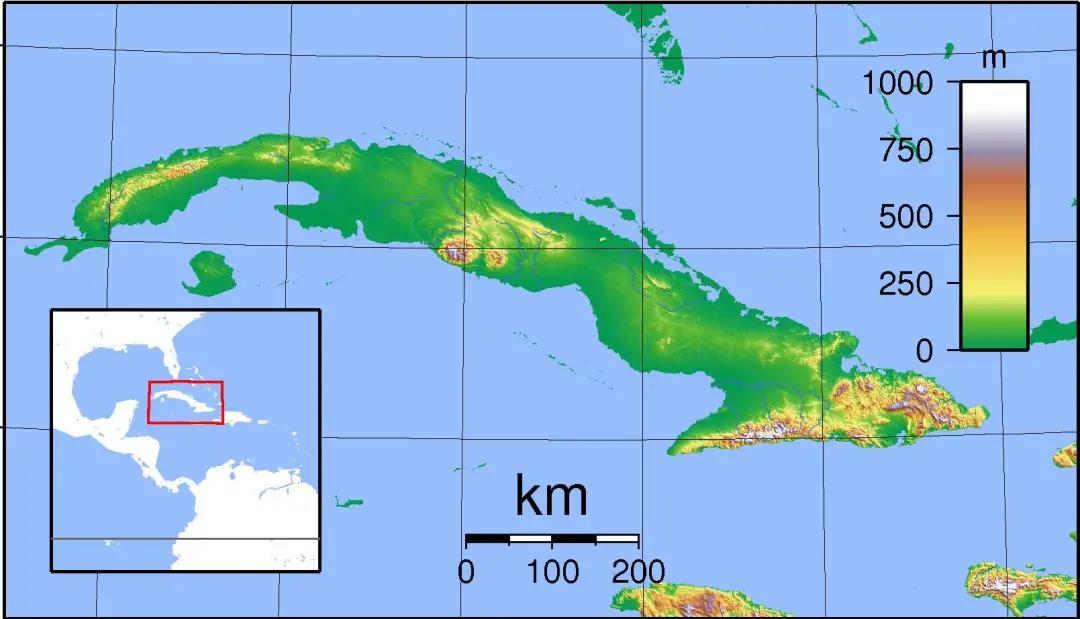
The planting History of Coffee in Cuba
In 1720, French naval officers planted Central America's first tin card tree on the French island of Martinique in the eastern Caribbean, and then neighboring islands such as Jamaica and Cuba quickly ignited a coffee-growing craze and sold well in the European sovereign states, enjoying the golden years of coffee for 200 years. In the 20th century, the political plate moved greatly, involving the complex political and economic situation, and the unrising island coffee-producing countries were reduced to second-tier producers. Coffee farmers in Cuba, Porto í an and Haiti shrank greatly and their output value declined. in the past, the coffee industry was eventually reduced to mediocrity, and the quality of coffee was affected, from the initial magnificent mellow to dull, and finally reduced to a third-rate producing country.
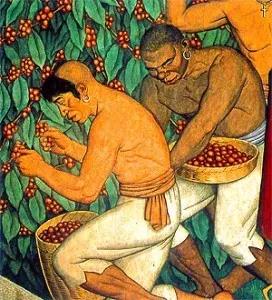
It was not until 1959 that Castro led the coffee volunteers to clean up the coffee industry after the success of the Castro Revolution, but the volunteers had no experience in growing coffee and eliminated seasoned coffee farmers in the east. After 1990, when the Soviet Union was disbanded and Cuba fell into economic difficulties again, coffee farmers retreated to the urban areas to make a living, leaving the farmland uncared for.

Although Cuban coffee plummeted, a small amount of fine coffee was acquired by the Japanese, who loved island coffee, so the Japanese became the benefactor of Cuban coffee at that time. Later, demand from Japan increased, but Cuban coffee production continued to decline, from nearly 3000 tons in 2004 to 500tons in 2008. in order to meet the needs of the purchasing countries, Cuba has changed from growing iron pickups to growing ordinary Arabica or even Robbosa beans. Since then, Cuban coffee has never appeared in the boutique coffee market again.
Coffee producing area
Cuba's name comes from the Taino language of an extinct Indian people in the West Indies, which originally means "fertile soil". When it comes to Cuban coffee, the front street will think of Crystal Mountain Coffee, whose flavor is similar to Blue Mountain, so it will be called Cuban Blue Mountain to add to the topic of Cuban Crystal Mountain Coffee.
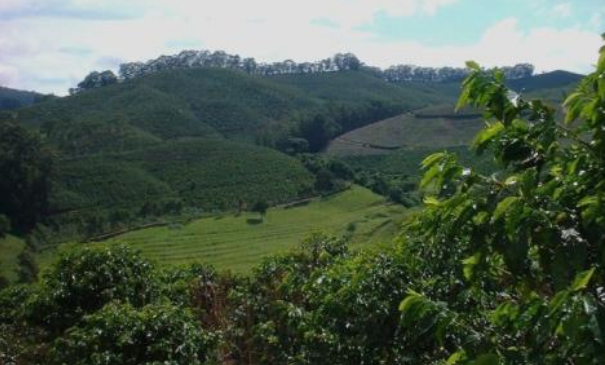
Crystal Mountain (sierra Cristal), located in northeastern Cuba, is the second highest mountain system at 900-1200m above sea level, and is ranked as Cuba's three largest coffee producing areas in the southeast (Serria Maestra) and Serria Escambray in the south-central part. But not all the Crystal Mountain Coffee in the market comes from the Crystal Mountain Mountains, it may come from the other two mountains. This coffee is named after Crystal Mountain mainly because it is mainly exported to Japan, France, Italy and Germany. The Japanese believe that Crystal Mountain is the highest grade of Cuban coffee, so they chose the elegant name of "Crystal Mountain Coffee" for Cuban coffee.
Coffee variety
The varieties of coffee grown in Cuba are mainly iron pickups with elegant flavor, but with weak physique, low disease resistance and easy to be infected with leaf rust. Qianjie Coffee believes that the top leaf of the iron pickup coffee tree is bronzed, and some people call it "red top coffee". The beans of the iron pickup are larger, cone-shaped or thin-shaped, which is different from the round beans of bourbon coffee beans. Iron pickup coffee has its unique quiet and clean flavor, as well as balanced features, high cleanliness.
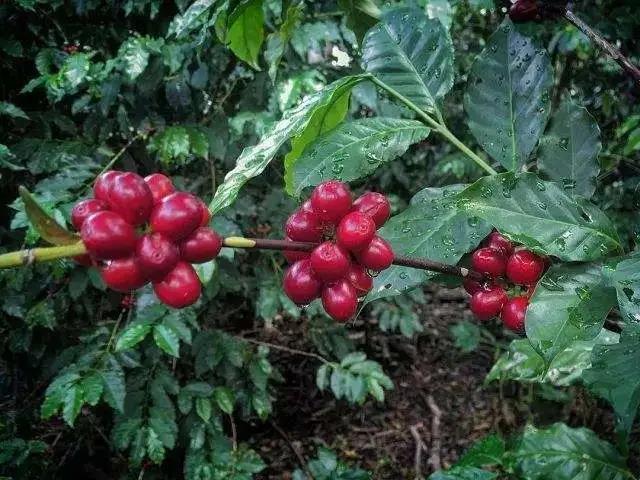
Coffee bean treatment
Cuban coffee is mainly washed. Qianjie Coffee believes that the water-washed coffee has obvious acidity, good cleanliness, moderate touch and the most consistent quality of raw beans.
First, add a lot of water to the coffee cherry, rinse away the immature fruits and impurities floating on the surface, select beans, and then use a peeling machine to remove the peel and pulp. Then put it into the fermentation tank to ferment for 18 hours and 36 hours to make the bacteria dissolve the pectin on the surface of the coffee cherry. The coffee berries after fermentation degumming will be cleaned by adding an appropriate amount of water in the pond. In the cleaning process, the pectin decomposition products on the surface of coffee beans will be removed by stirring, leaving coffee sheepskin, silver skin and raw beans after cleaning.
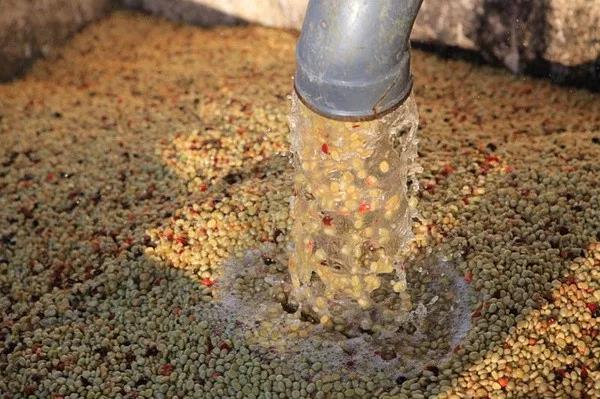
Washed coffee beans are sorted to remove defective coffee beans. Then it will be sent to the drying place (tarpaulin, cement floor, high bed, etc.) for drying treatment. Drying treatment will be based on the environment and climate and other factors to determine the length of time, usually ranging from 5 to 14 days. At this point, the moisture content of coffee beans will be reduced from 55% to 11%. Dried coffee beans are called shelled beans-raw coffee beans with sheep skin. The shell beans will be sent to the warehouse for preservation and will be shelled before export.
Cuban coffee flavor
Cuban coffee is a typical island bean with a clean taste and delicate taste. Its unique feature lies in the extreme balance between bitter and sour flavor, delicate and supple texture, bright and elegant color, fragrant and fragrant, and faintly smoked. It's like walking into a small village to enjoy simple nature.
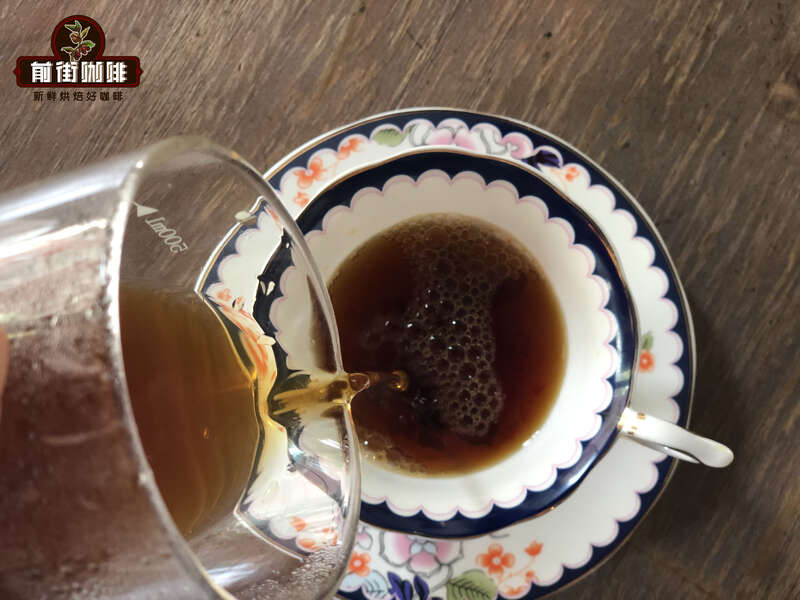
Cuban coffee grading system
The Coffee Association of Cuba divides coffee beans into nine grades according to particle size and flavor:
Crystal Mountain Crystal Mountain
Top Tequino Extra turquino
Tequino peak ExTurquino
Top-level Altura
Alpine Montana
Small bean Cumbre
High-grade mountain Serrano superior
Intermediate mountain Serrano Corriente
Adzuki bean Caracolillo
The grades are divided into ETL (extra Super Grade), TL (Middle Pole) and AL (ordinary) according to the size of coffee beans, and Crystal Mountain (Crystal Mountain) is Cuba's proudest high-quality, large-shaped coffee bean.
Qianjie Chong Chong Xiao tips
Cuban coffee is a typical island coffee, mostly roasted to a medium-deep degree to enhance the mellow feeling of the coffee. Deep-roasted coffee in the front street will use kono filter cups.
The ribs of the kono filter cup are less than half the height of the filter cup, and this design is actually designed to ensure that the filter cup is wet and close to the wall of the filter cup to limit air flow, which will increase the water absorption time of coffee powder particles, so that the extracted coffee is more uniform as a whole and improves the mellow taste. And the grooved frame under the kono filter cup is a key design for subsequent cooking to produce siphon effect.
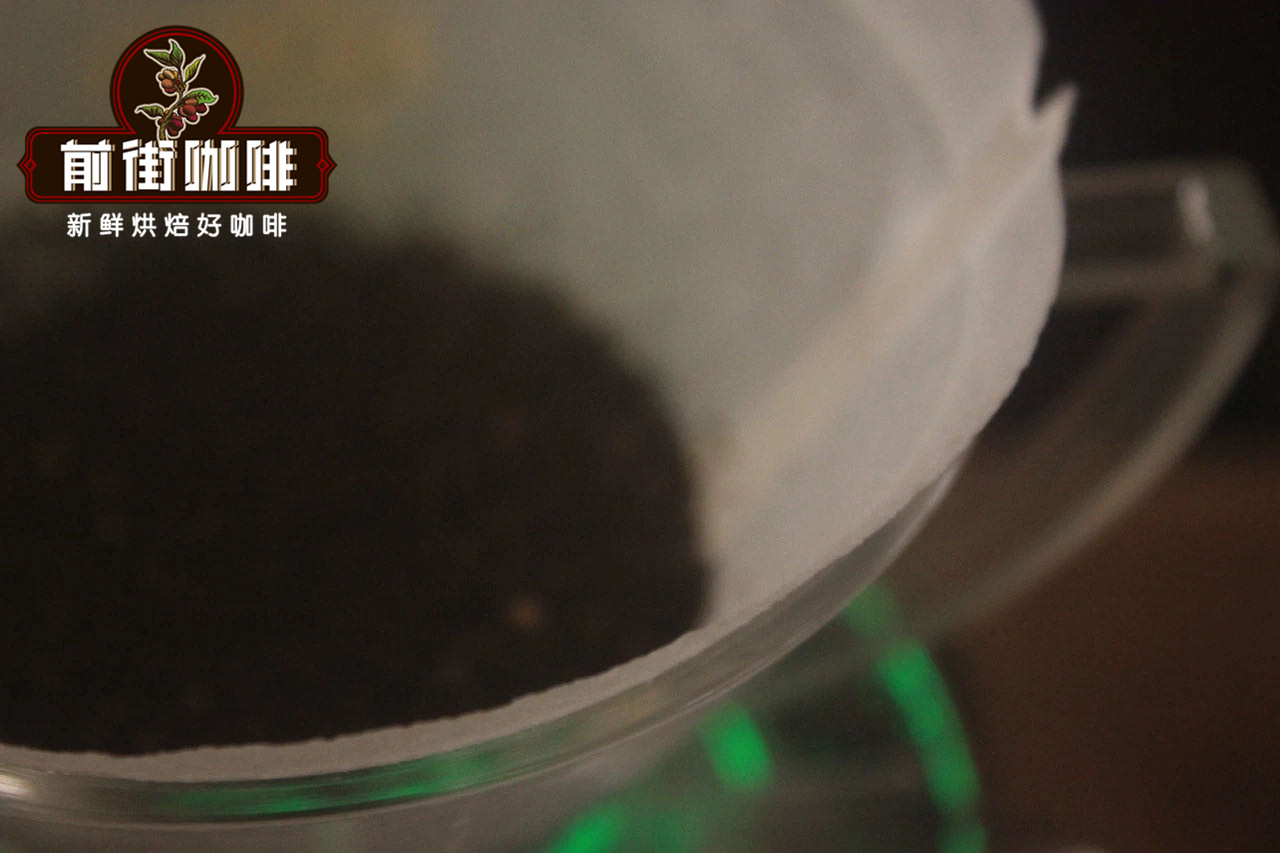
Brewing water temperature in front of the street is recommended to use 88-89 degrees, too high water temperature will be easy to extract coffee flavor, too low water temperature can not wash out medium and deep roasted coffee beans mellow and sweet.
For more boutique coffee beans, please add private Qianjie coffee on Wechat. WeChat account: kaixinguoguo0925
Important Notice :
前街咖啡 FrontStreet Coffee has moved to new addredd:
FrontStreet Coffee Address: 315,Donghua East Road,GuangZhou
Tel:020 38364473
- Prev

What does 100% Arabica mean? Why is the boutique coffee not labeled 100% Arabica?
If you are not familiar with the terms used on the packaging, choosing coffee can be troublesome. You will see a common label claiming that coffee is 100% Arabica coffee. But what does it mean? To explain this, you first need to understand the main differences between the two main coffee varieties: Arabica coffee and Robusta coffee. I work with experts in the supply chain
- Next
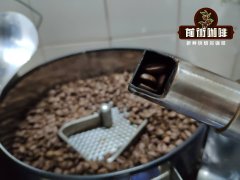
Coffee roasting how to use the throttle to control the temperature of the roaster what is the role of the throttle?
Setting up a roaster or introducing new unfamiliar equipment can be daunting. There are too many details to consider, and if you do not install the machine correctly, it may lead to unforeseen problems and reduce production costs. All the details of roasting coffee are in it-and so is the equipment you use. In the long run, make sure you make new investments at the start of a new business or in your space
Related
- Beginners will see the "Coffee pull flower" guide!
- What is the difference between ice blog purified milk and ordinary milk coffee?
- Why is the Philippines the largest producer of crops in Liberia?
- For coffee extraction, should the fine powder be retained?
- How does extracted espresso fill pressed powder? How much strength does it take to press the powder?
- How to make jasmine cold extract coffee? Is the jasmine + latte good?
- Will this little toy really make the coffee taste better? How does Lily Drip affect coffee extraction?
- Will the action of slapping the filter cup also affect coffee extraction?
- What's the difference between powder-to-water ratio and powder-to-liquid ratio?
- What is the Ethiopian local species? What does it have to do with Heirloom native species?

